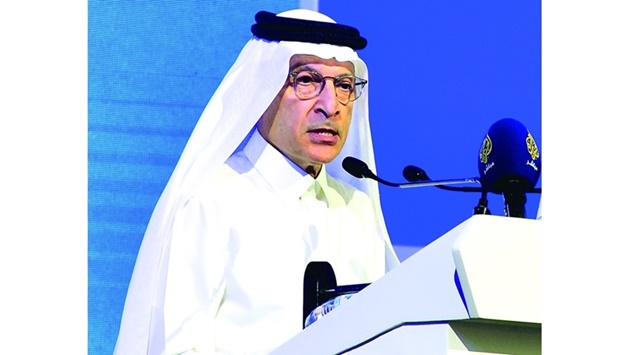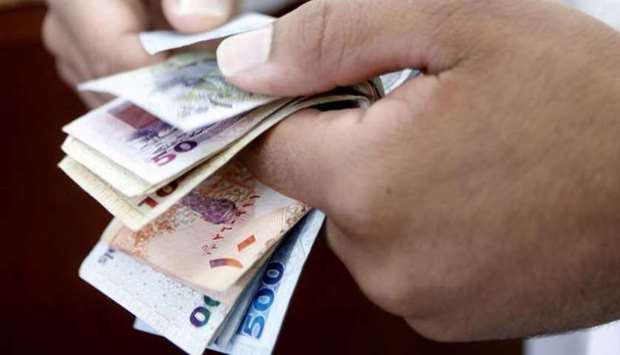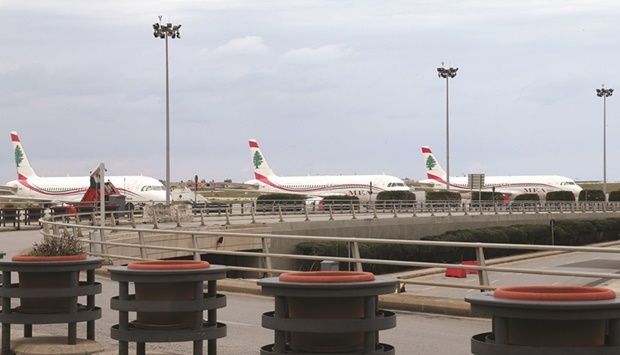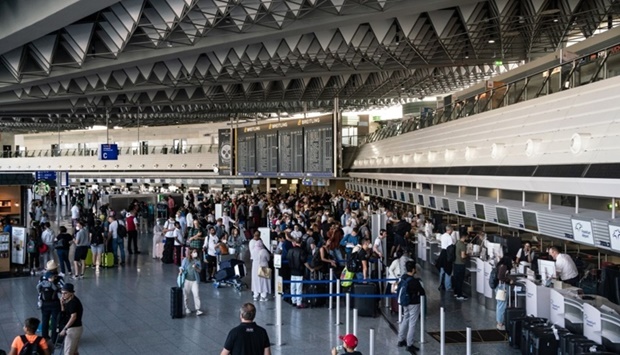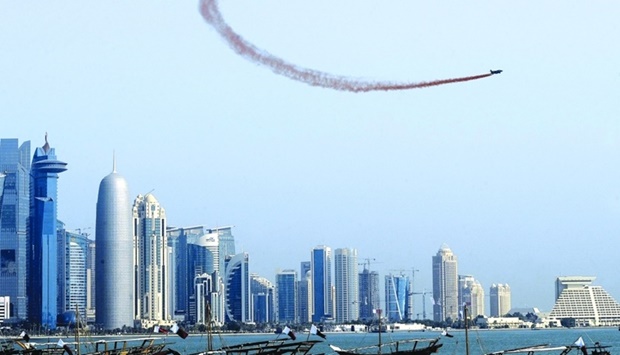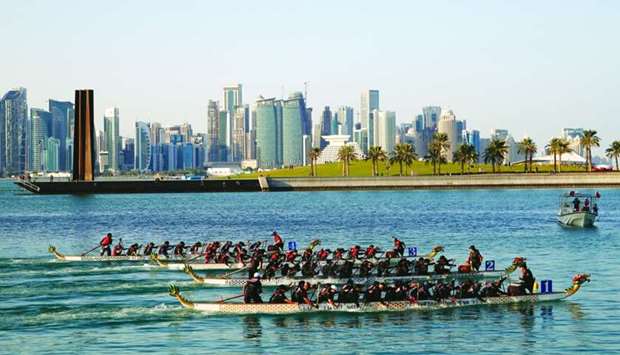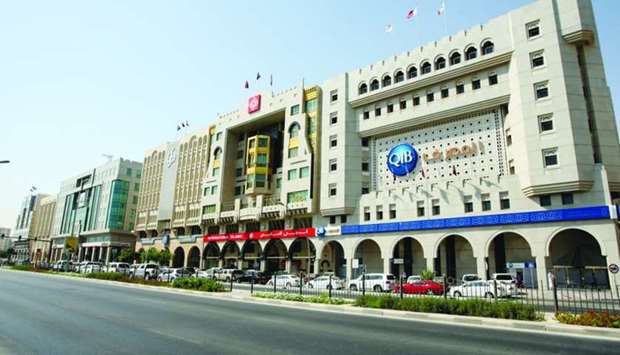The official inauguration of the current expansion of Hamad International Airport (HIA) will be held next month, Qatar Airways Group Chief Executive HE Akbar al-Baker said Wednesday. With this expansion, HIA capacity will increase to 58mn passengers a year, al-Baker said at the IATA World Financial Symposium, now being held in Doha. “This expansion will is a vital part of future success of Qatar Airways group and the country's preparation to hold the FIFA World Cup and beyond. “The final phase expansion will begin in early January 2023 and is expected to be completed within the next two and a half years, again increasing our capacity to more than 70mn passengers a year.” Highlighting Qatar Airways commitment to invest in a low-carbon future and safeguard the environment, al-Baker said, “In 2021, Qatar Airways committed to use sustainable aviation fuel for at least 10% of combined fuel volumes by 2030, provided that a few suppliers produce more SAF. “This will help us get economies of scale to bring down the price in order to sustain our industry. At Qatar Airways we are at the forefront of environmental protection, taking our responsibility seriously and remaining steadfast to protect the planet for our future generations.” Al-Baker called for collective efforts to achieve the aviation industry’s planned carbon-neutral growth as part of its long-term target to reach net-zero carbon emissions by 2050. “As we recover, our collective goal to achieve net zero carbon emissions by 2050 will require an industry-wide and collaborative effort. The aviation industry is fully committed to making the net zero carbon emissions a goal, a reality. “And airlines around the globe are already undertaking an extensive range of measures to reduce aviation emissions. But we need to keep one thing in mind.” Al-Baker said, “Aviation has been very weak and taking the back seat when we have been targeted as if we are the biggest emitters of carbon dioxide (CO2). Actually, the fact is quite the opposite. “Aviation industry is unfairly blamed for global warming; the industry contributes less than 3% of the emissions while oil companies are not producing SAF in enough quantities. Despite that, we are still the biggest target. We really need to educate people on the importance that aviation plays in various sectors such as tourism, job creation, people to people connectivity and the wider global economy. Also, we have to put the onus on aircraft and engine manufacturers as well as fuel suppliers. They have to work together to enable the industry to meet the target of net zero emissions by 2050. Al-Baker said Qatar Airways became the first carrier to make a transaction on the IATA Aviation Carbon Exchange (ACE) using IATA Clearing House (ICH). The ACE is a centralised marketplace where airlines and other aviation stakeholders can trade CO2 emission reduction units for compliance or voluntary offsetting purposes. With a secure and easy to use trading environment, the ACE offers the highest transparency in terms of price and availability of emission reduction units while simplifying the process for air carriers to access carbon markets to achieve their decarbonisation targets.

Most Read Stories

